In the early morning of the 10th, the plane landed at Langman International Airport, slowing down the time by one hour and officially entering the Thai mode.
At first glance, tourists entering the airport can be divided into two categories: Chinese tourists carrying luggage case to call friends and follow the tour guide’s buttocks, and European and American tourists carrying heavy backpacks in small groups.
Just like when I crossed the customs in Vietnam, I saw Chinese tourists spontaneously squeezing money into their passports in order to please Thai staff to pass the customs smoothly. Angry. To be honest, I am not angry with Thais, but with some Chinese! Fellow countrymen, why are your bones so soft!
The exit from Langman Airport is Langman Railway Station, from which you have to take a train to Dacheng. At first glance, I was taken aback at the sight of this railway station. Cultural shock came on my face.
Where does this look like a railway station? There are only canopies on both sides of the railway tracks, which are not closed. They can enter and leave at will. There are no ticket inspectors, and there is no magnificent waiting hall. When the train arrives, just buy your own tickets. How can the railway station be so simple? This is the airport and railway station where tourists from all over the world come and go. According to some people’s plausible words, this is the “image” of a country. It took a long time for people to react: If the waiting hall is not built, taxpayers’ hard-earned money will naturally be saved and spent in useful places. People’s freedom to travel will be guaranteed. You may worry that some people will not get on the bus without tickets. However, the probability of such a thing happening is extremely low. There is only one reason: a Buddhist nation does not grow grass in its heart and cannot learn to cheat.
The color of Thailand’s railway station is purple, and the train is also purple, which is very distinctive. Why do you want to paint it purple? I have always wanted to know, but I didn’t get the answer because of the language barrier.
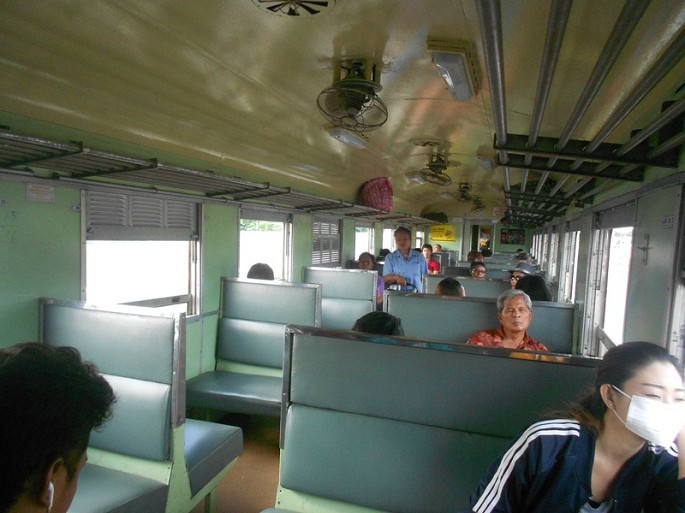

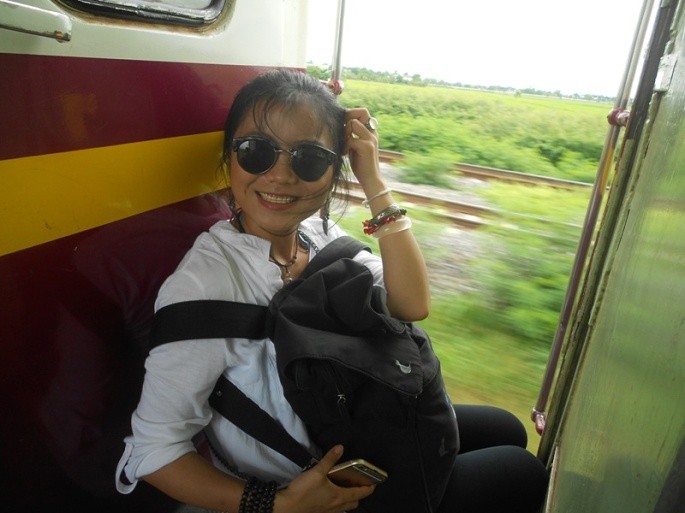 从曼谷到大城距离不下100公里,票价只有20泰铢,合人民币4元,便宜得让人不敢相信!
从曼谷到大城距离不下100公里,票价只有20泰铢,合人民币4元,便宜得让人不敢相信!
On the simple train, I met a kind old Thai man, who earnestly taught me the Thai greeting in how. Thailand’s trains are not closed and the wind is blowing straight inside. On the steps of getting off the bus at the junction of the two carriages, I found a Chinese sister sitting there, which startled me: the train was speeding, and this sister was extremely bold! She was wearing sunglasses, and the wind had messed up her hair, showing a bold and unrestrained wild beauty.
Many people describe the big city beautifully in their travel notes, but it has given me many disappointments and melancholy.
First of all, I came mainly to the floating market here, and three British girls followed me to look for it. However, on a hot day, I looked around and even asked the local people. As a result, there was no such place!
In desperation, go to the ruins of the pagoda in Dacheng, which is a long way from the railway station. First, take a ferry to cross a river in the city. The river is turbid and piles of water hyacinths are floating on the river.

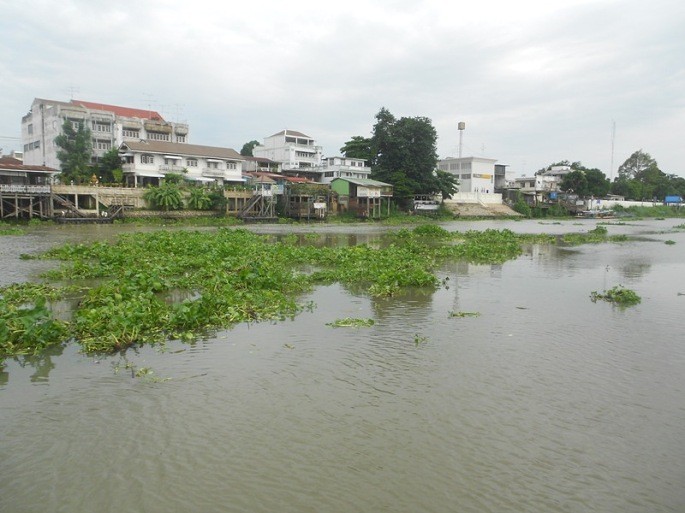
It took a long time to get to the ruins park. The park is not closed, but tickets are charged at 300 baht.
Like the holy land of Meishan in central Vietnam, the heyday of religious incense in the past was destroyed by war and politics. Broken walls shows that “wind and rain always blow away the wind”. I did see an old tree accompanying it beside a dilapidated pagoda. The pagoda is already dim, but the old trees are flourishing. Seeing this, my heart moved and I stared at the scene for a long time, seemingly realizing something.
这世上有些自诩高贵的东西,随着时光的流逝而渐渐湮没,而某些貌似普通的东西却经历风雨青春不老。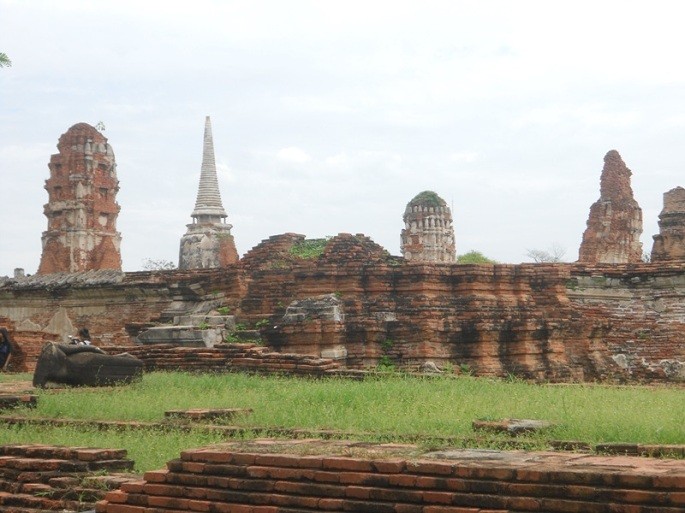
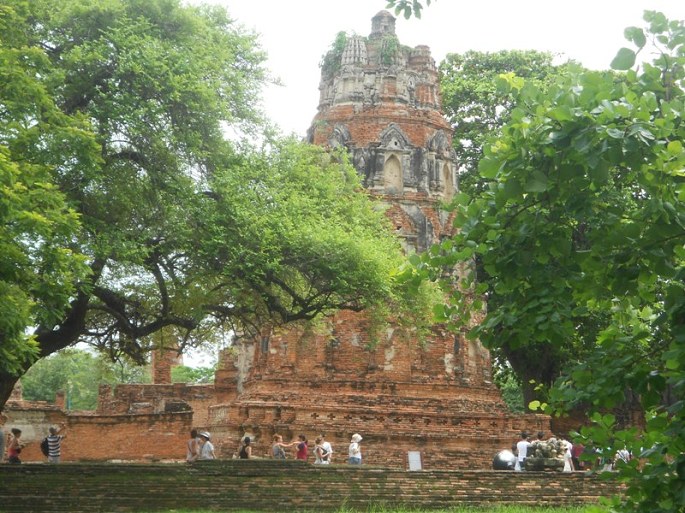


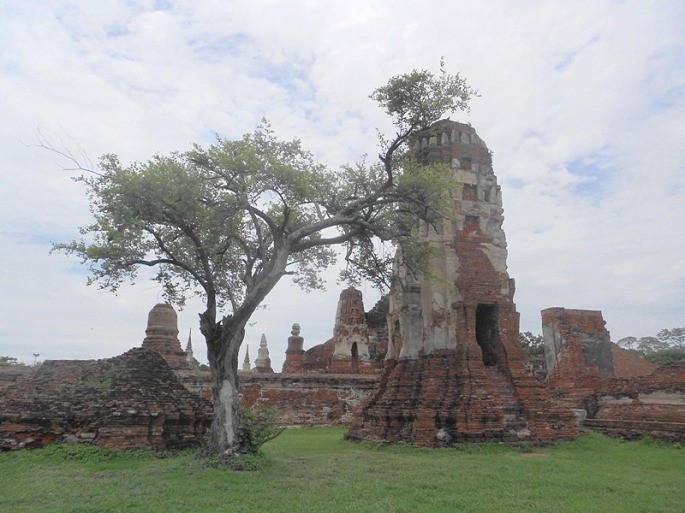

 :他们信佛只是想洗净自己的罪恶,我奶奶说佛只是心里的一种信念,引导你心境宽容美好。有些人天天吃斋念佛还不如干点好事儿
:他们信佛只是想洗净自己的罪恶,我奶奶说佛只是心里的一种信念,引导你心境宽容美好。有些人天天吃斋念佛还不如干点好事儿


 :去泰国旅游,导游嘉文说泰国人信佛,不会做坏事,做坏事的都是别的国家来的。我想爆粗,纯属放屁。
:去泰国旅游,导游嘉文说泰国人信佛,不会做坏事,做坏事的都是别的国家来的。我想爆粗,纯属放屁。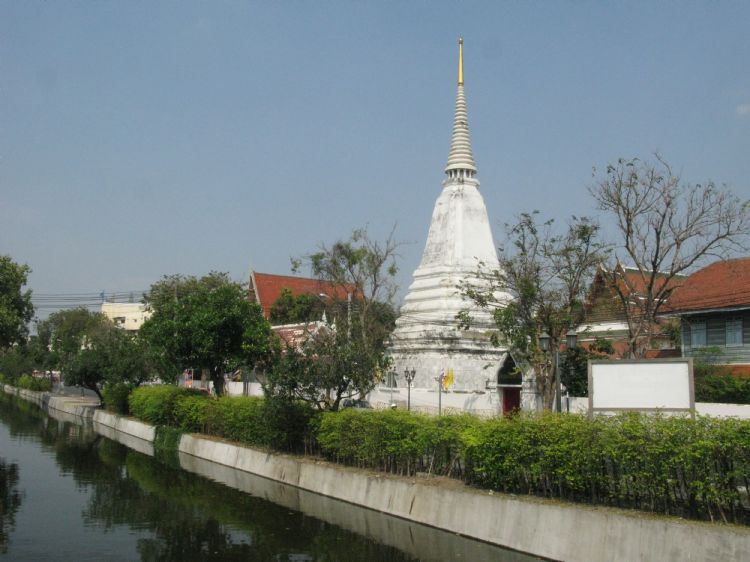
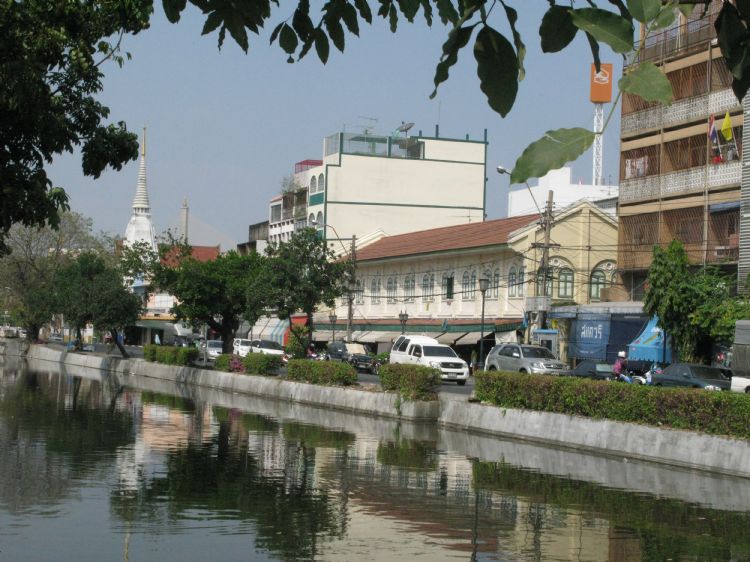 沿着运河边的墙根拐进一条小道,穿出小道,大皇宫赫然在目,这么近,真没想到。我们真的很幸运,据说在封锁曼谷行动刚开始的一周,这里都被黄衫军占领了,后来反对党怕封锁道路影响旅游业激起民愤就从这里撤了,转战到了别的地方。
沿着运河边的墙根拐进一条小道,穿出小道,大皇宫赫然在目,这么近,真没想到。我们真的很幸运,据说在封锁曼谷行动刚开始的一周,这里都被黄衫军占领了,后来反对党怕封锁道路影响旅游业激起民愤就从这里撤了,转战到了别的地方。 这是曼谷地区的国柱神庙,类似中国的城隍庙。
这是曼谷地区的国柱神庙,类似中国的城隍庙。 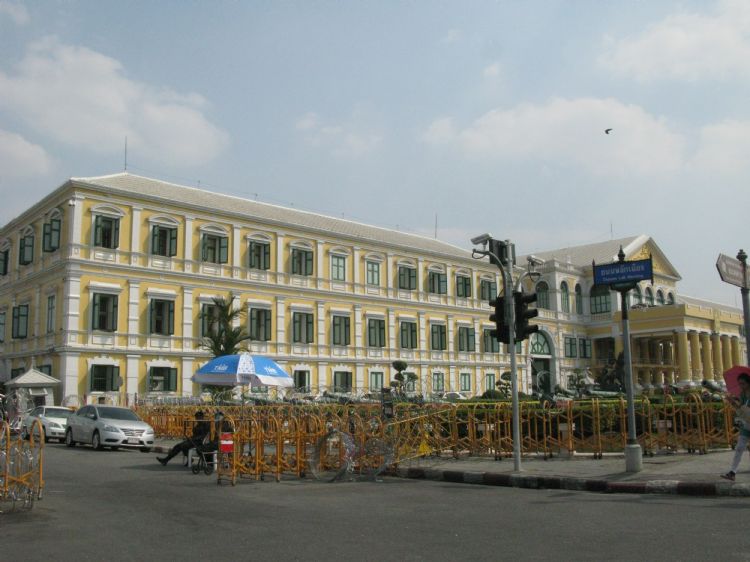
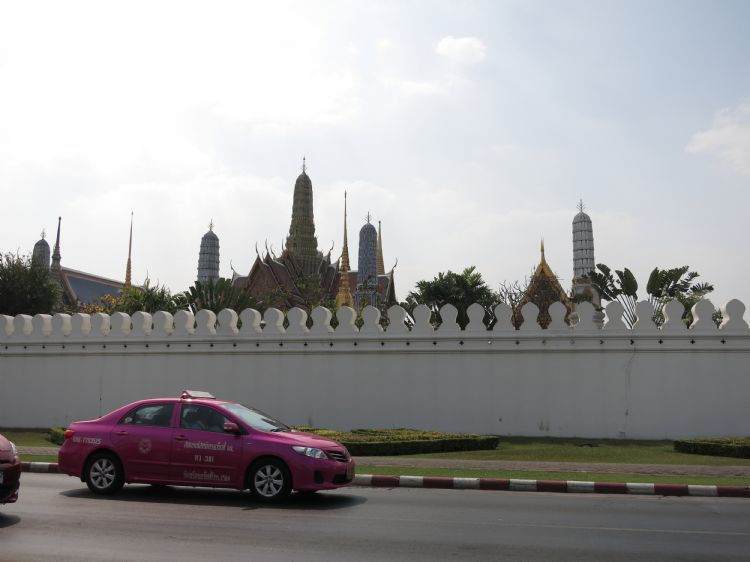 围墙里面就是大名鼎鼎的大皇宫,但她不是我们今天要去的地方。
围墙里面就是大名鼎鼎的大皇宫,但她不是我们今天要去的地方。 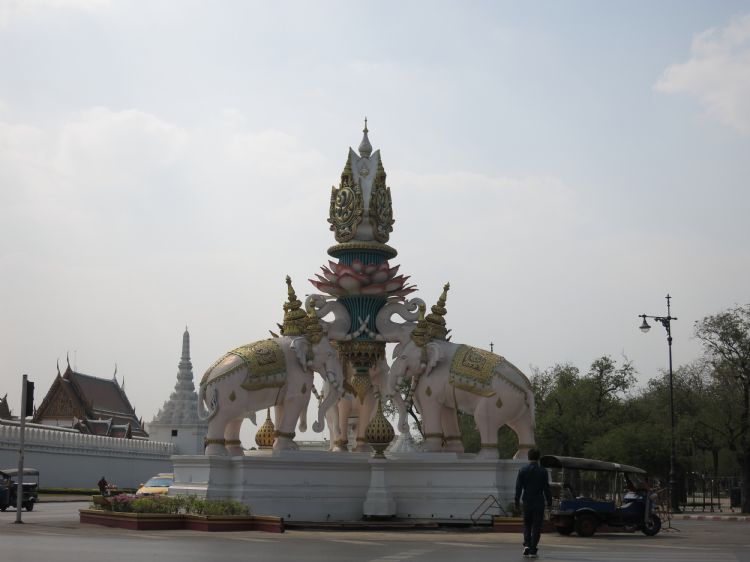 大皇宫外的这个街心雕塑太泰国了,幸好曼谷没什么雾霾,如果是在北京,早就面目全非了。站在这个路口,我们正在对照地图辨别方向的时候,一个本地人主动与我们搭讪,问我们要去哪里。我告诉他要去码头乘船到郑王庙。他接过我手中的地图,用笔在郑王庙的图标处画了一个圈。我告诉他,我知道那是郑王庙,但是我不知道去郑王庙的渡口在哪里,天气太热,不想走冤枉路。他非常熟练的在地图上一连画了5个圈,然后用一条线连成一个圆环后告诉我,他可以叫一辆tu-tu车送我到码头,在码头上可以买到游览这几个景点的通票。他很诚恳地说,你是外国人,要买这样的通票需要2000泰铢,让开tu-tu车的当地人帮忙买票,只需要1200泰铢。因为我们的地图只是个简图,也看不出来大皇宫附近湄南河上到底有几个码头,也就上了他帮忙招呼的tu-tu车。等到了码头一看才弄明白,这个码头有到对岸的轮渡,但不到郑王庙,是到离郑王庙虽然不远但隔着一条运河,还要绕道很远的一个寺庙。刚才那个”热心人”推荐的这5个景点包括郑王庙和其他三个寺庙,是用曼谷湄南河对岸的运河作为纽带,沿着运河顺序游览。我们只想踏踏实实、深入了解郑王庙,不想瞎逛,当然也是觉得那个票价太贵了。不得已,我们只好买了轮渡票,每人5个泰铢到对岸,然后步行到郑王庙。远处看好像不远,可真走起来还是挺远的,因为运河上的桥不多,要过桥必须走很远。
大皇宫外的这个街心雕塑太泰国了,幸好曼谷没什么雾霾,如果是在北京,早就面目全非了。站在这个路口,我们正在对照地图辨别方向的时候,一个本地人主动与我们搭讪,问我们要去哪里。我告诉他要去码头乘船到郑王庙。他接过我手中的地图,用笔在郑王庙的图标处画了一个圈。我告诉他,我知道那是郑王庙,但是我不知道去郑王庙的渡口在哪里,天气太热,不想走冤枉路。他非常熟练的在地图上一连画了5个圈,然后用一条线连成一个圆环后告诉我,他可以叫一辆tu-tu车送我到码头,在码头上可以买到游览这几个景点的通票。他很诚恳地说,你是外国人,要买这样的通票需要2000泰铢,让开tu-tu车的当地人帮忙买票,只需要1200泰铢。因为我们的地图只是个简图,也看不出来大皇宫附近湄南河上到底有几个码头,也就上了他帮忙招呼的tu-tu车。等到了码头一看才弄明白,这个码头有到对岸的轮渡,但不到郑王庙,是到离郑王庙虽然不远但隔着一条运河,还要绕道很远的一个寺庙。刚才那个”热心人”推荐的这5个景点包括郑王庙和其他三个寺庙,是用曼谷湄南河对岸的运河作为纽带,沿着运河顺序游览。我们只想踏踏实实、深入了解郑王庙,不想瞎逛,当然也是觉得那个票价太贵了。不得已,我们只好买了轮渡票,每人5个泰铢到对岸,然后步行到郑王庙。远处看好像不远,可真走起来还是挺远的,因为运河上的桥不多,要过桥必须走很远。  等船的时候远拍郑王庙,因为逆光,效果不好。
等船的时候远拍郑王庙,因为逆光,效果不好。 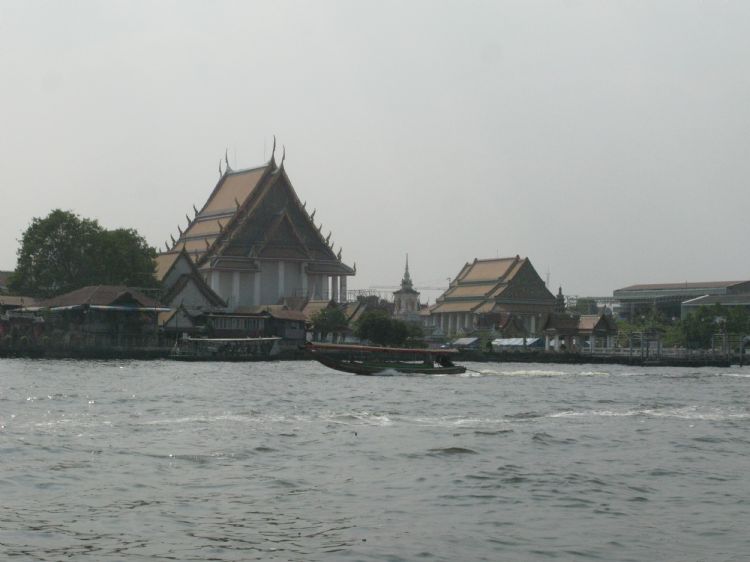 对岸码头边的一个寺庙。
对岸码头边的一个寺庙。 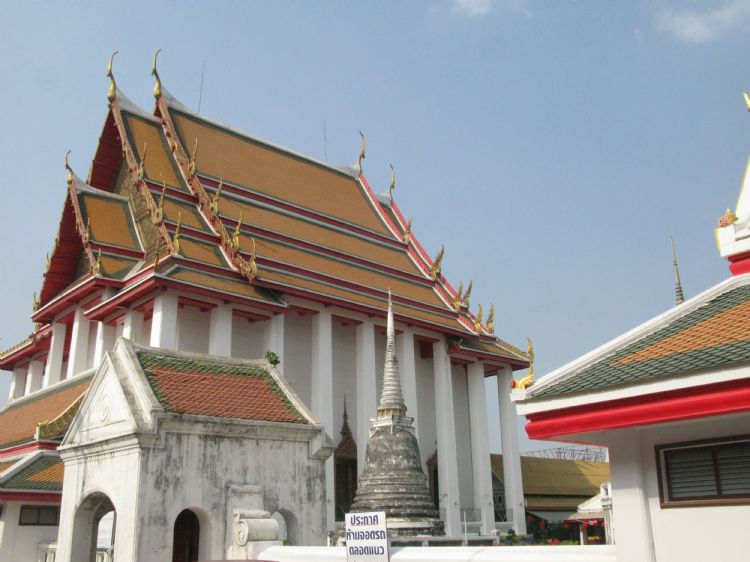
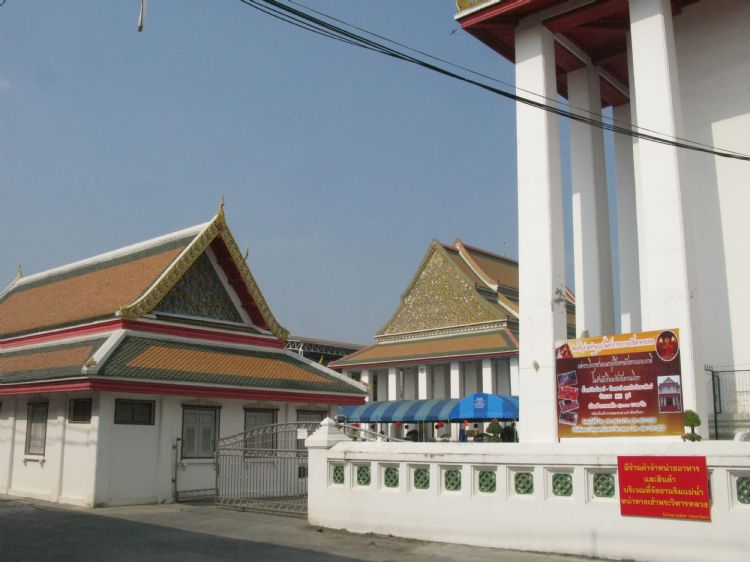

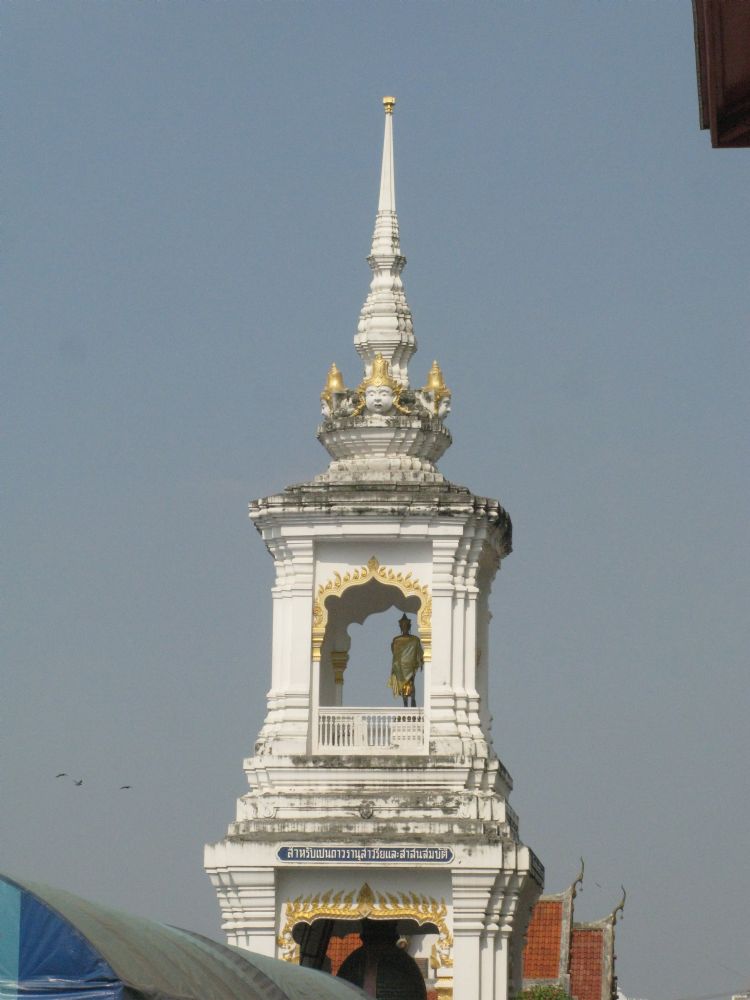
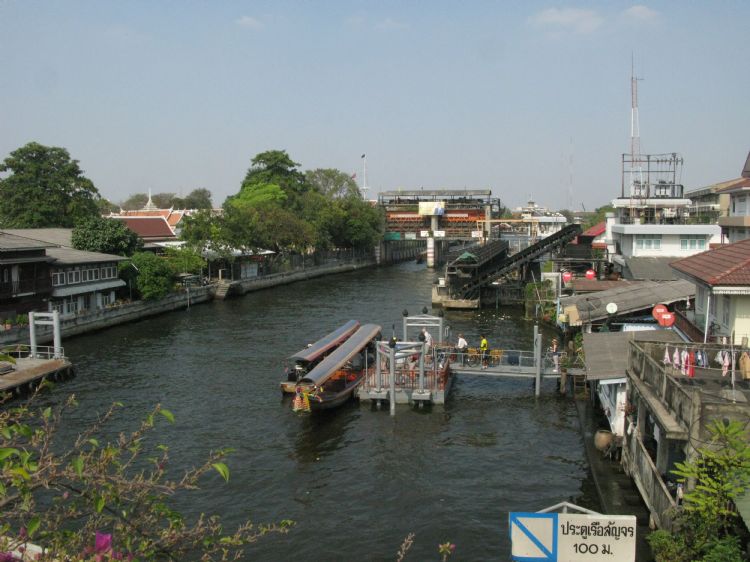


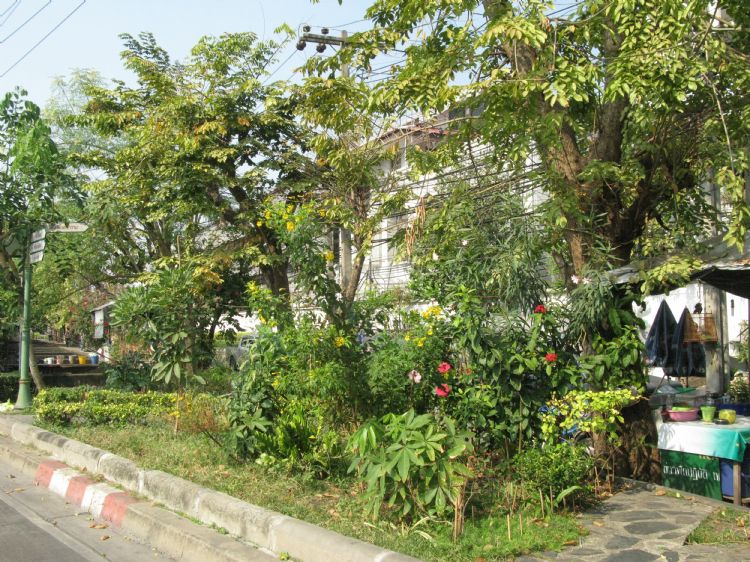
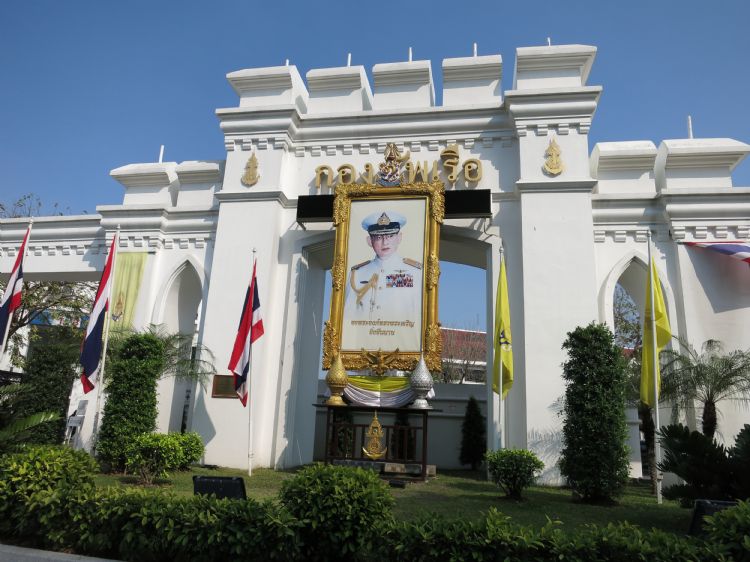 这个大门里面好像是一个军事机构,进出的都是军人。
这个大门里面好像是一个军事机构,进出的都是军人。 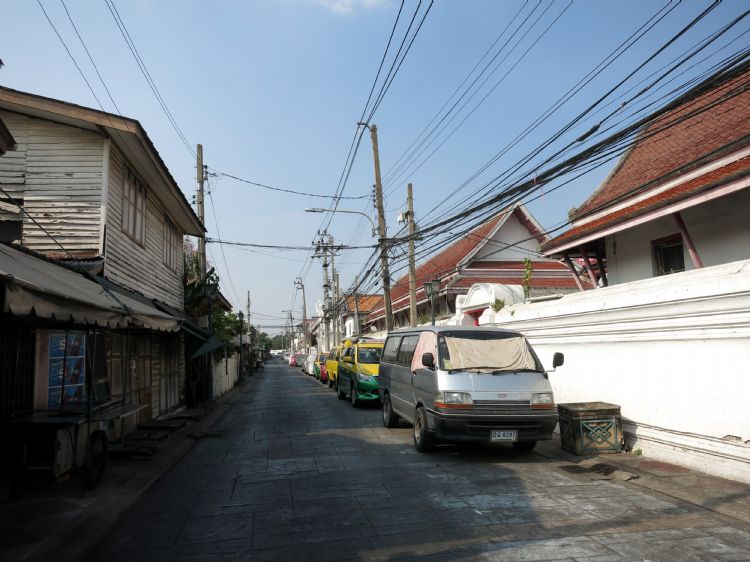 看看别人这胡同多干净,这可不是富人区。郑王庙的正门面向湄南河码头,就是我一直想找的那个地方,这个胡同里面的门其实是郑王庙的后门。
看看别人这胡同多干净,这可不是富人区。郑王庙的正门面向湄南河码头,就是我一直想找的那个地方,这个胡同里面的门其实是郑王庙的后门。  通往郑王庙的胡同里挂满了红灯笼,中国影响力可见一斑。
通往郑王庙的胡同里挂满了红灯笼,中国影响力可见一斑。 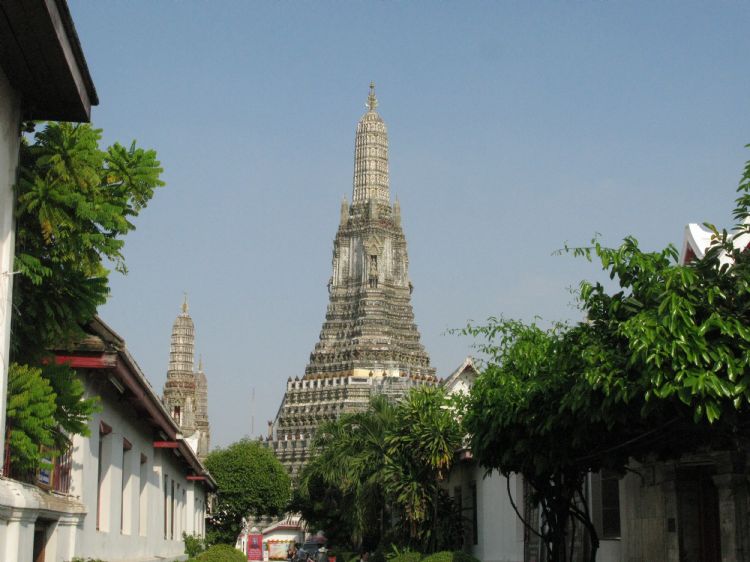
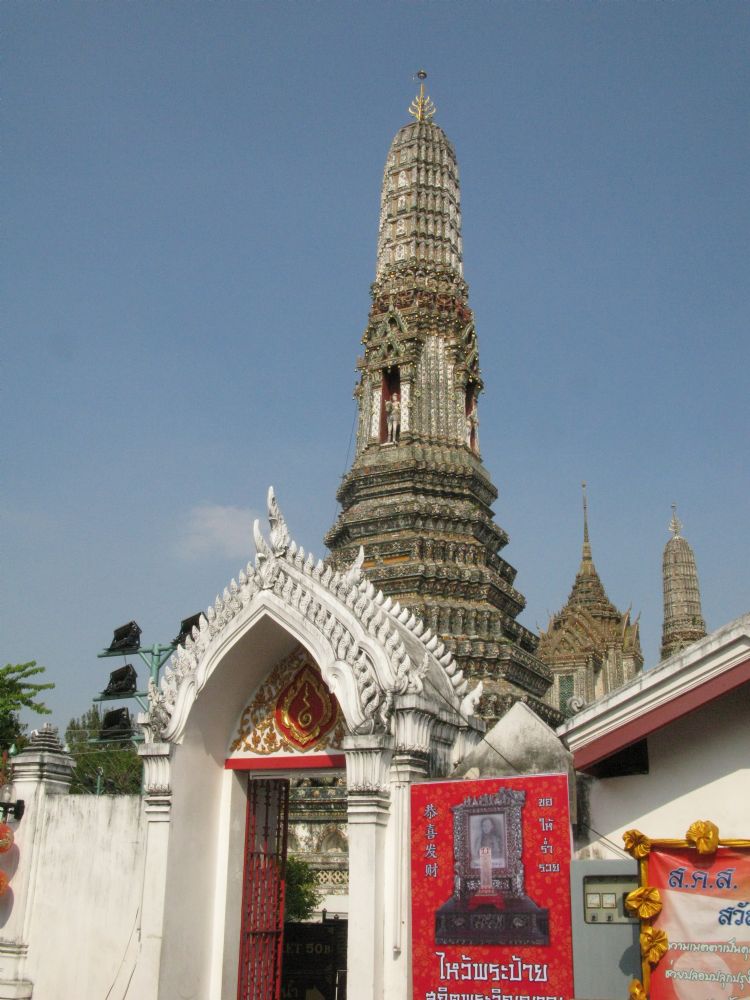 终于到了郑王庙,门票每人20泰铢。可能是因为春节,开门时间延长到5点。其实泰国人挺人性化的,5点以后照样可以进入。泰国这些收门票的地方比中国景点让人舒服,不是因为票价高低,而是工作人员的善意。几乎在泰国我去过的需要买门票的地方通常只是在售票处有一个人卖票,门口并没有人验票。我在门口观察了一会儿,除了几个中国人不想花钱没进去之外,都很自觉买票。这让我想起在澳大利亚的塔斯马尼亚阿瑟港游览监狱遗址时,也是没有人验票,但我还是主动去买了票,进去后,同行的同胞都特别不乐意,觉得我多此一举,白花了30多澳元。去年在英国的时候,游览约克大教堂是要付费的,18英镑,全团20多个人,只有我和同事自觉买了门票,其他人都从出口溜进去了。
终于到了郑王庙,门票每人20泰铢。可能是因为春节,开门时间延长到5点。其实泰国人挺人性化的,5点以后照样可以进入。泰国这些收门票的地方比中国景点让人舒服,不是因为票价高低,而是工作人员的善意。几乎在泰国我去过的需要买门票的地方通常只是在售票处有一个人卖票,门口并没有人验票。我在门口观察了一会儿,除了几个中国人不想花钱没进去之外,都很自觉买票。这让我想起在澳大利亚的塔斯马尼亚阿瑟港游览监狱遗址时,也是没有人验票,但我还是主动去买了票,进去后,同行的同胞都特别不乐意,觉得我多此一举,白花了30多澳元。去年在英国的时候,游览约克大教堂是要付费的,18英镑,全团20多个人,只有我和同事自觉买了门票,其他人都从出口溜进去了。 由于寺庙里面不允许卖东西,如果你想买水,可以和门口的工作人员打声招呼,然后就无限次出入。
由于寺庙里面不允许卖东西,如果你想买水,可以和门口的工作人员打声招呼,然后就无限次出入。 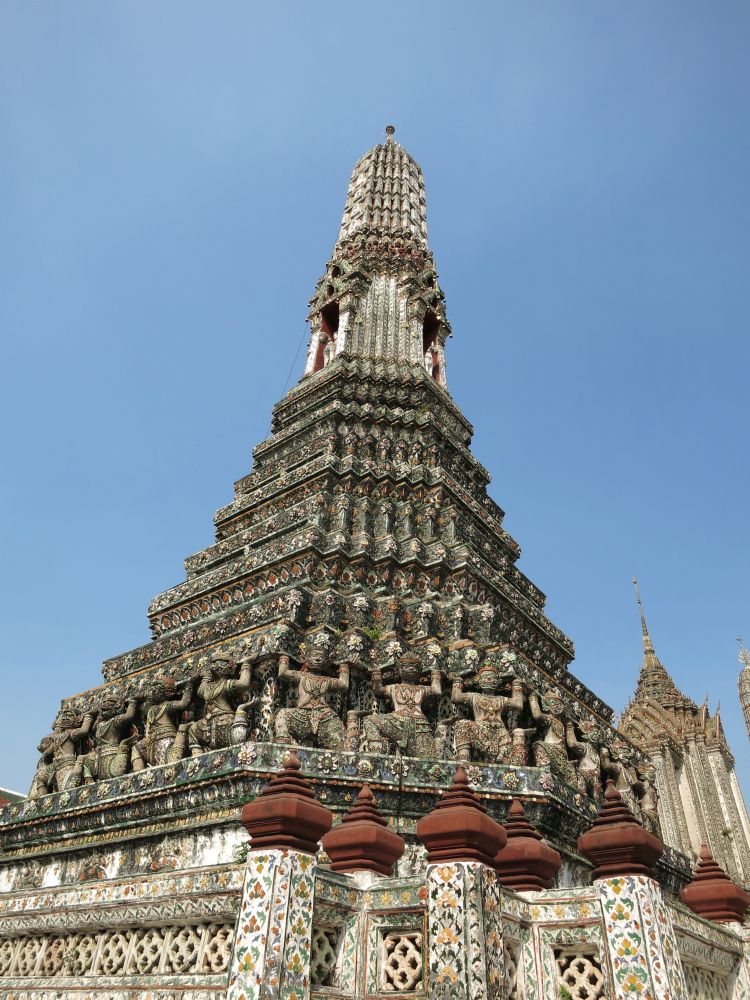 郑王庙主塔被誉为泰国的”埃菲尔铁塔”。无论是远观还是近看,它真的很壮观,但好像与埃菲尔铁塔关系不大。这个塔的表面全部是用陶瓷片嵌成的。
郑王庙主塔被誉为泰国的”埃菲尔铁塔”。无论是远观还是近看,它真的很壮观,但好像与埃菲尔铁塔关系不大。这个塔的表面全部是用陶瓷片嵌成的。 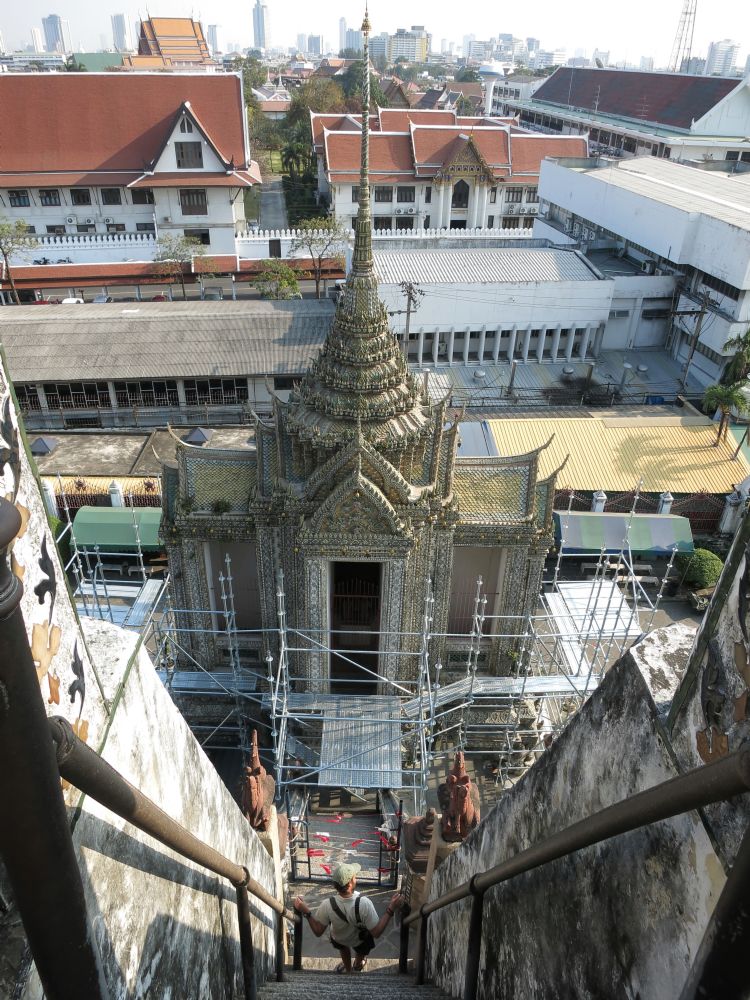 这个塔的东南西北四面都有一个楼梯上到上面的平台,楼梯非常陡,一般需要手脚并用。
这个塔的东南西北四面都有一个楼梯上到上面的平台,楼梯非常陡,一般需要手脚并用。 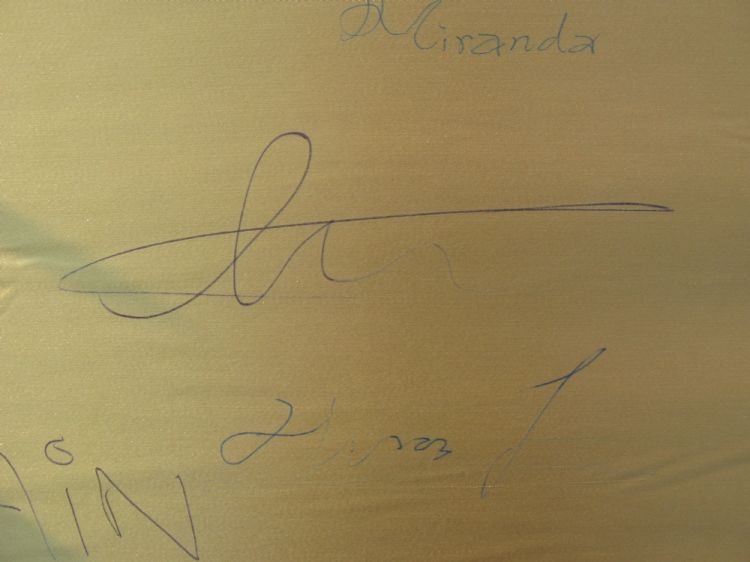 塔上平台专门挂了一个长条幅供大家留言,我和先生也留下了自己的签名。这可是我的支票签名哦!
塔上平台专门挂了一个长条幅供大家留言,我和先生也留下了自己的签名。这可是我的支票签名哦! 湄南河对岸的卧佛寺。
湄南河对岸的卧佛寺。 
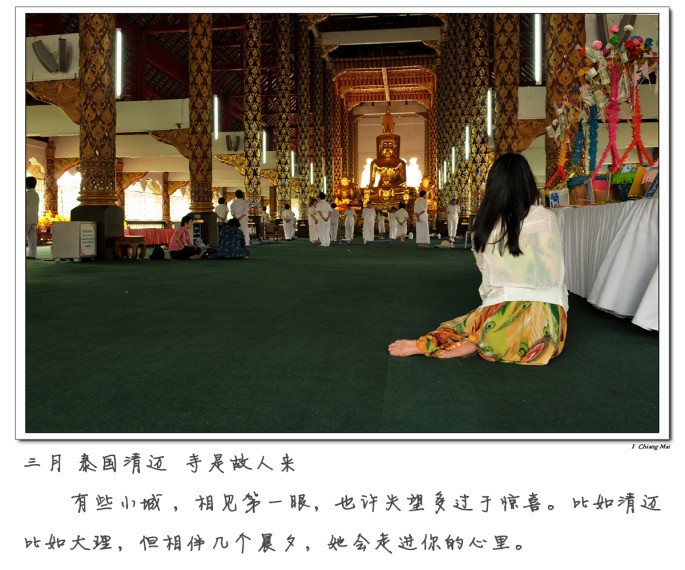
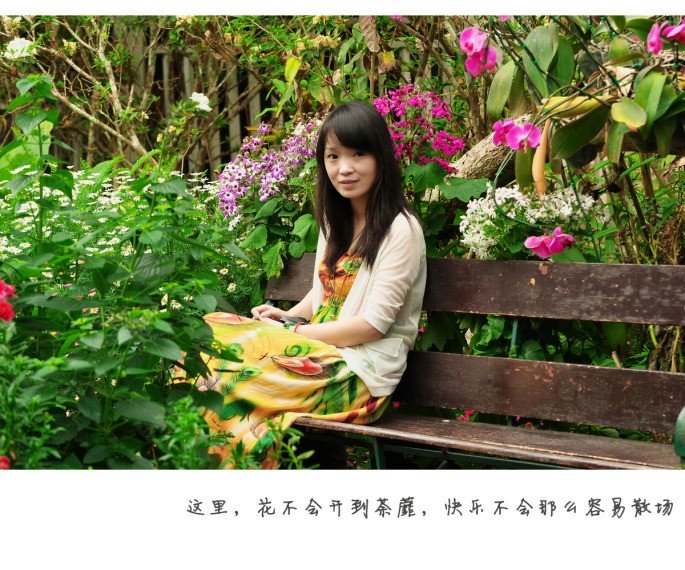
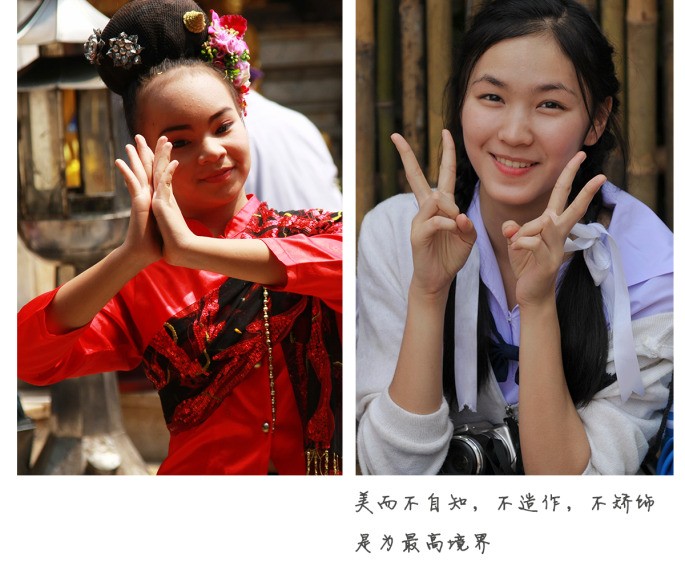


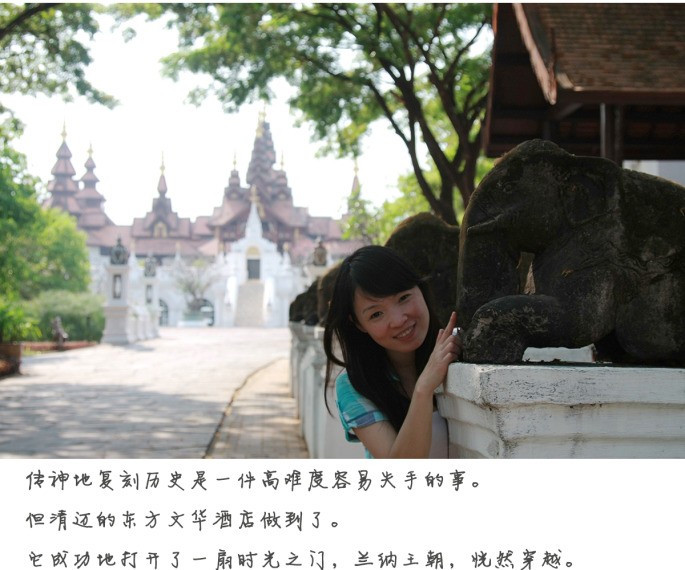
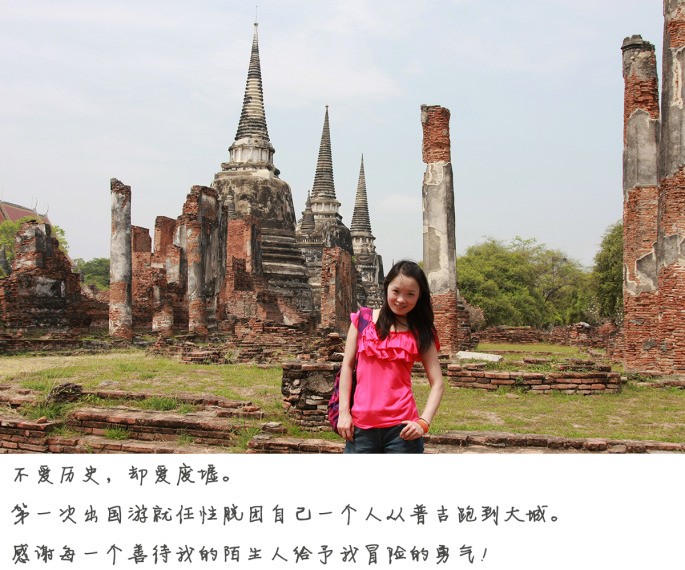
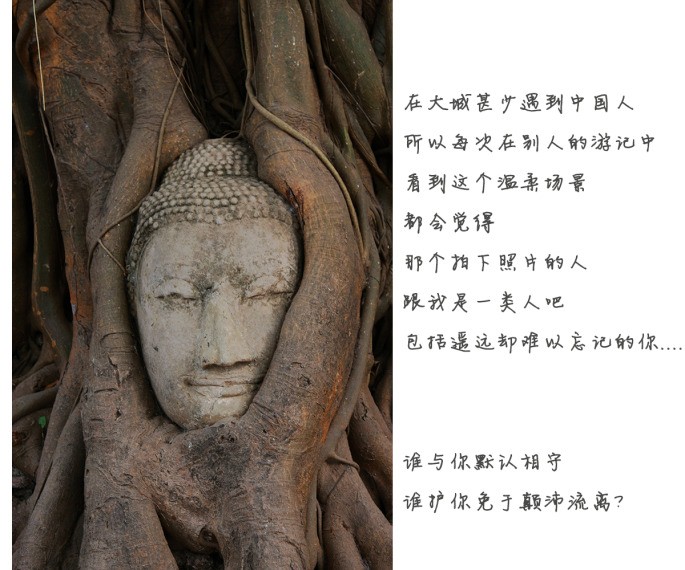

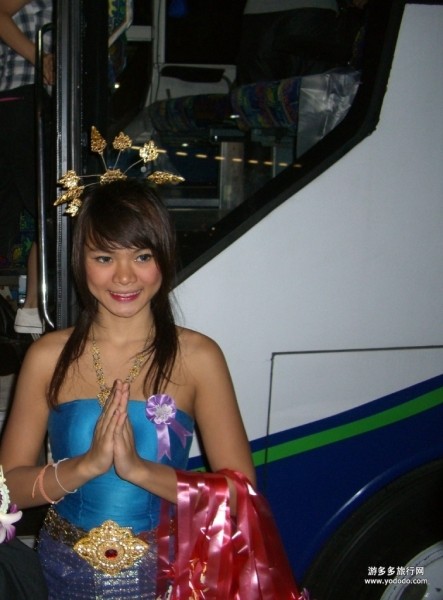

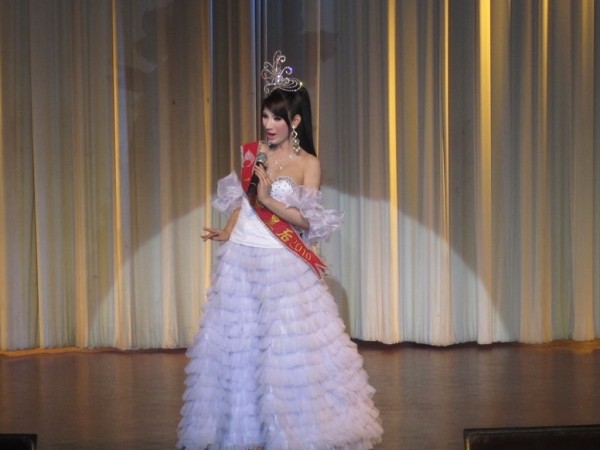


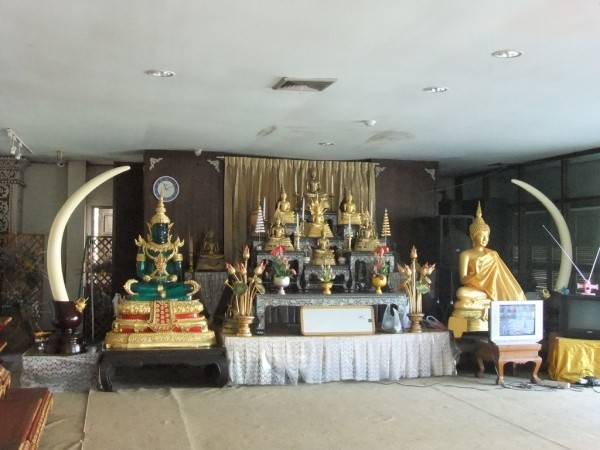

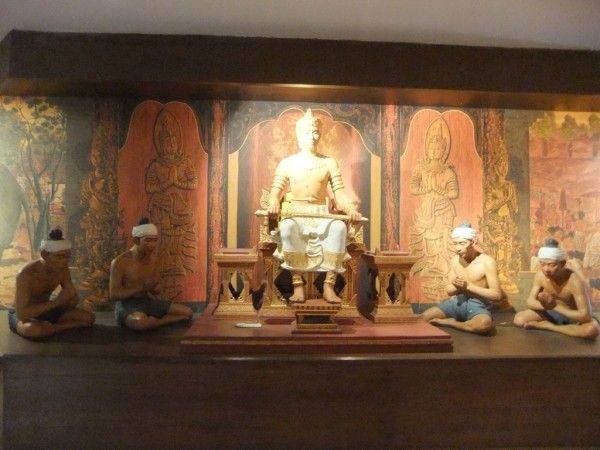
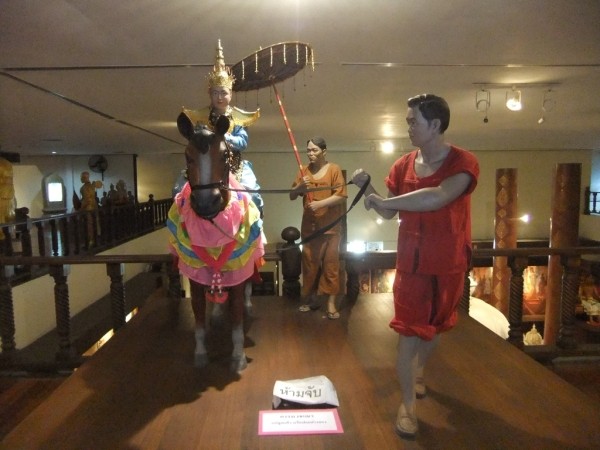
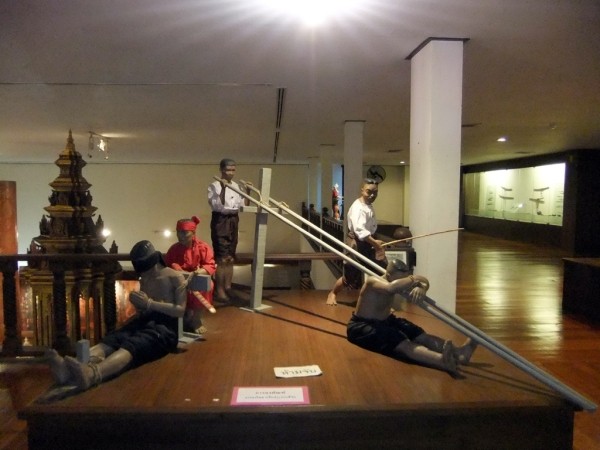
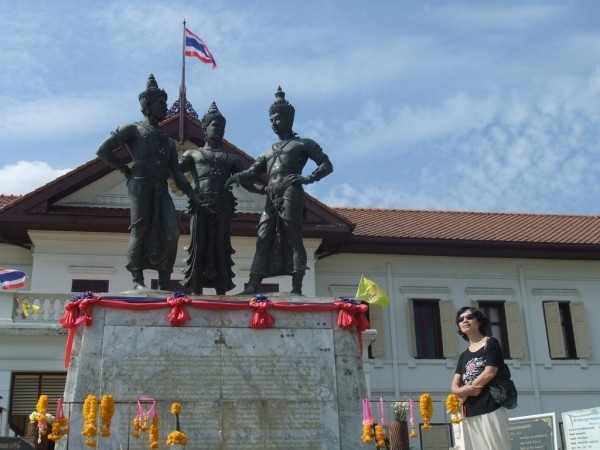
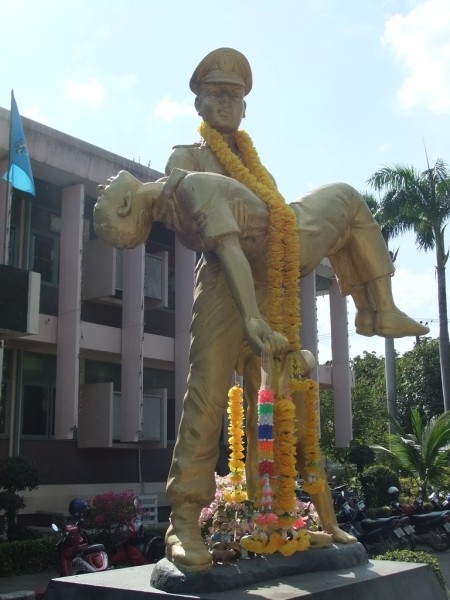
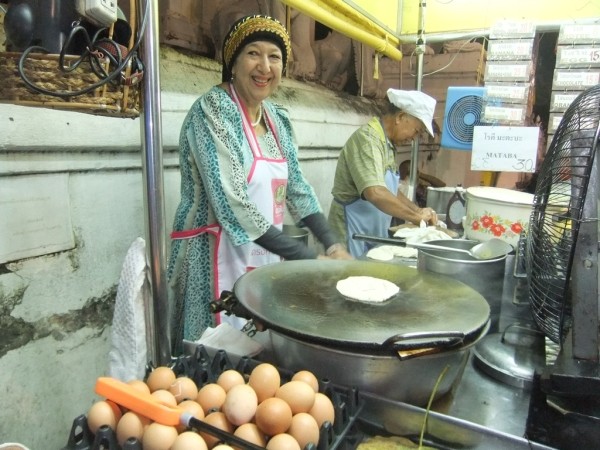


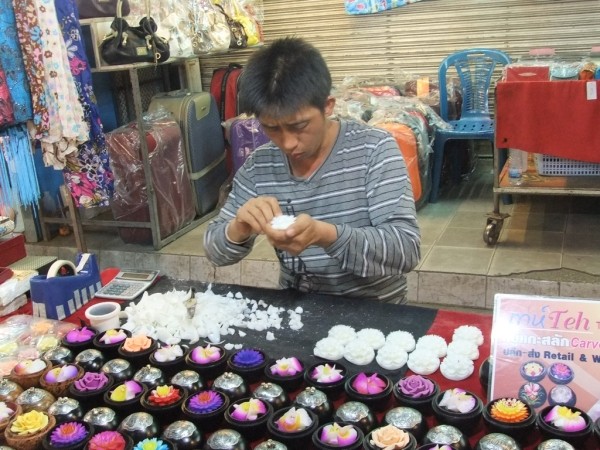
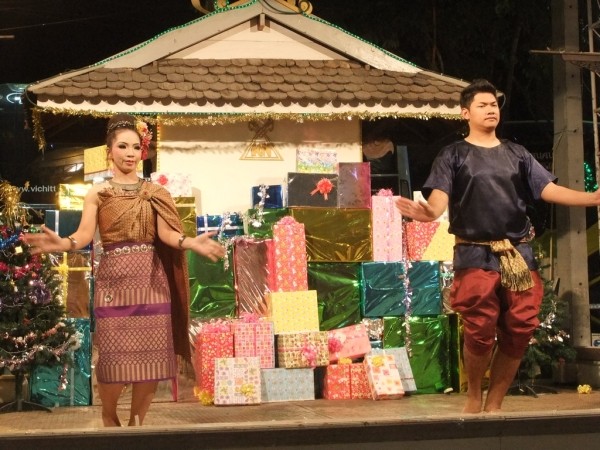
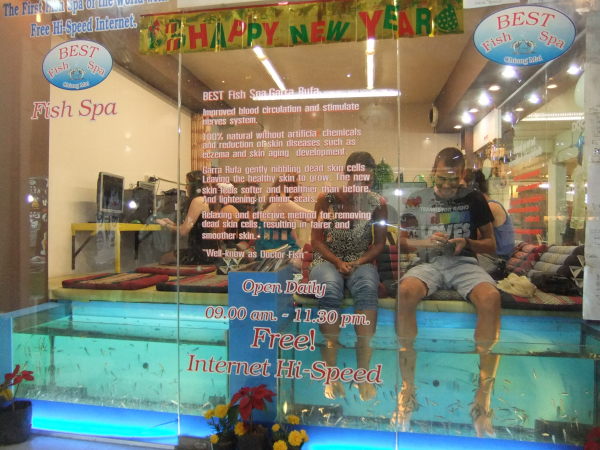
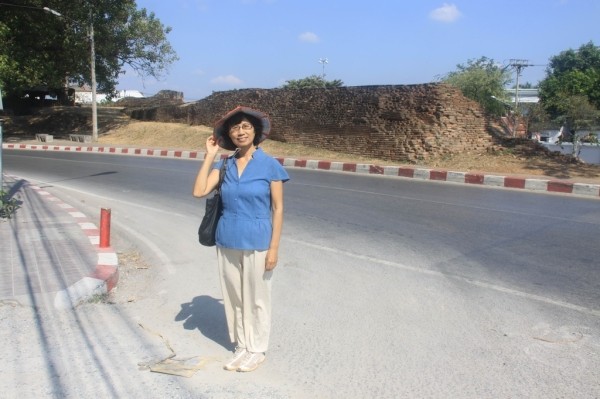
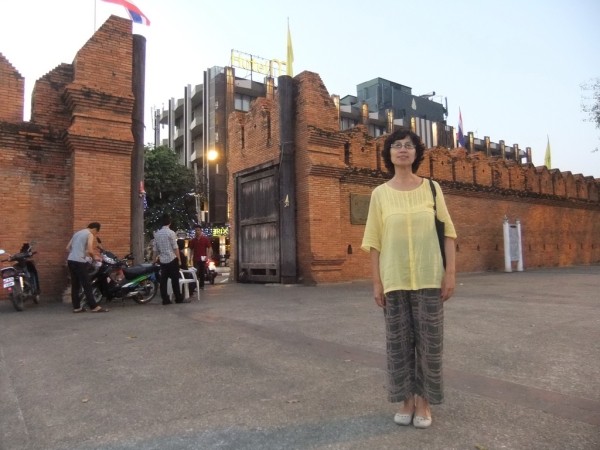
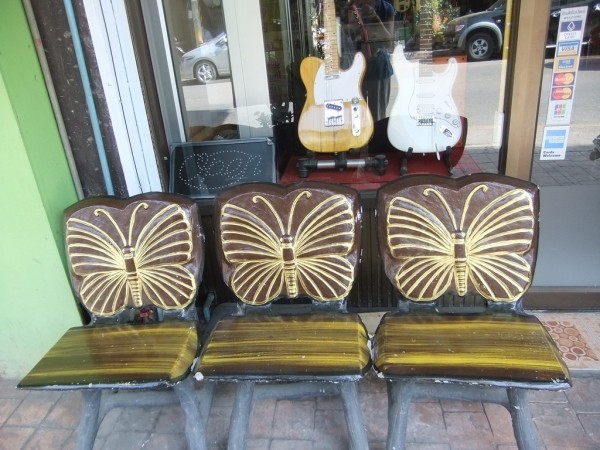
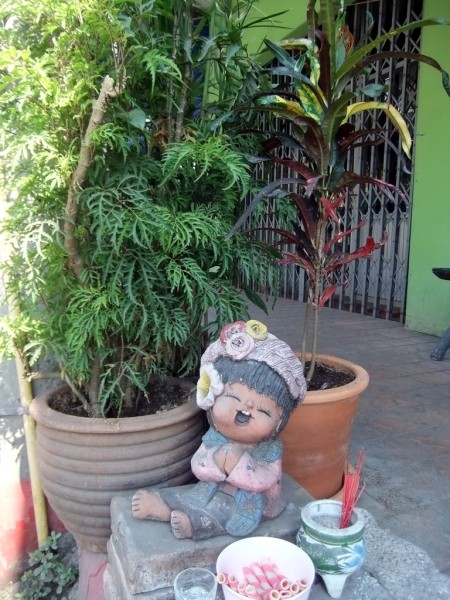
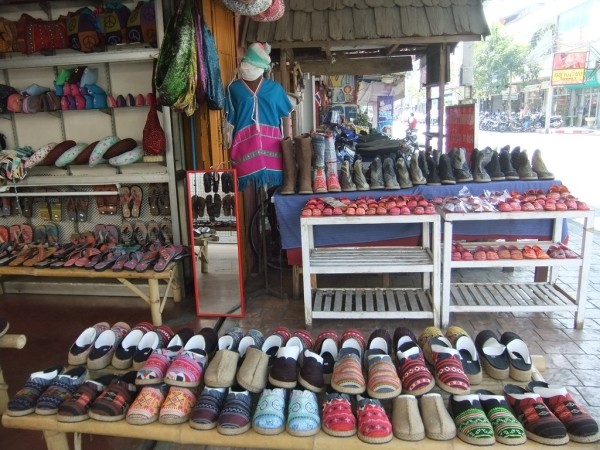

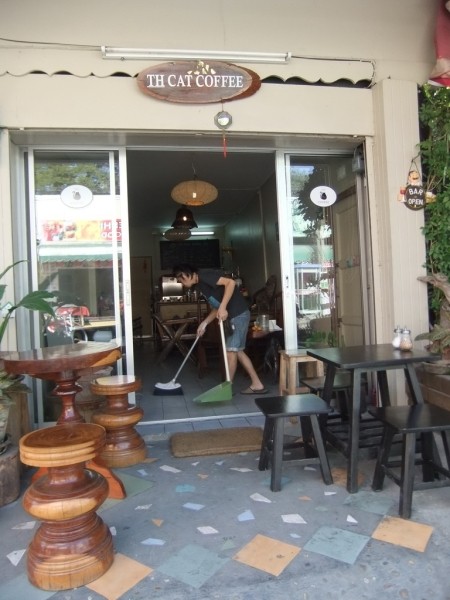
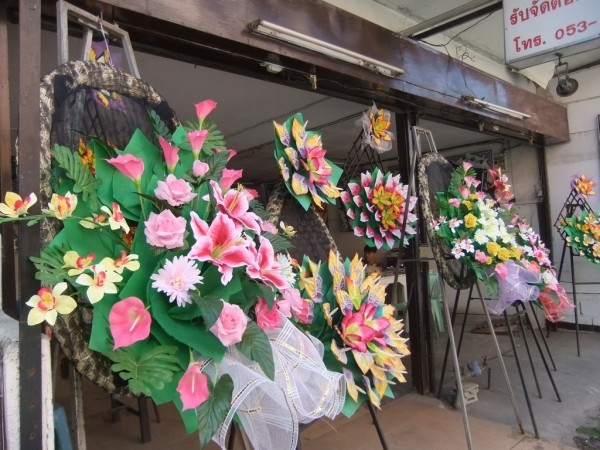
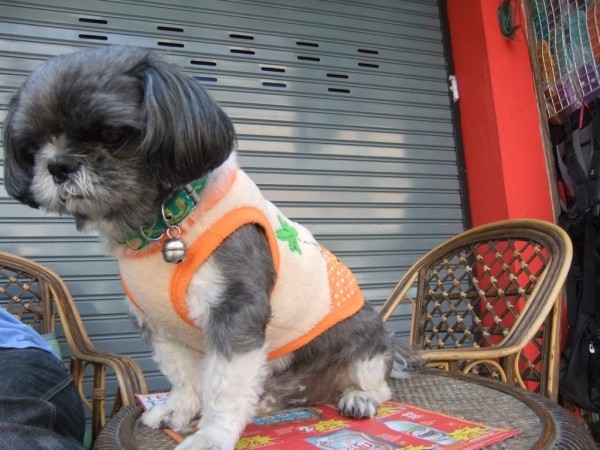
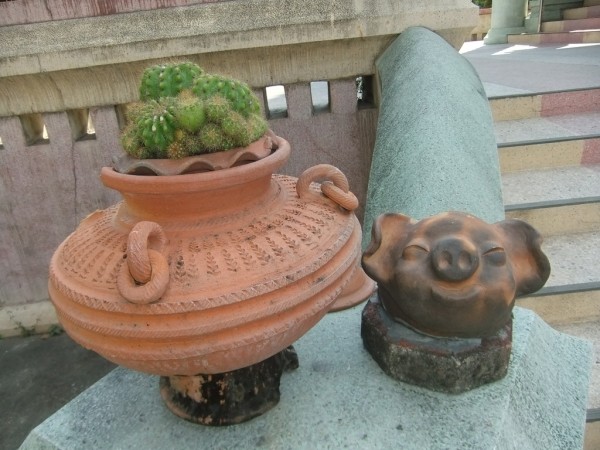
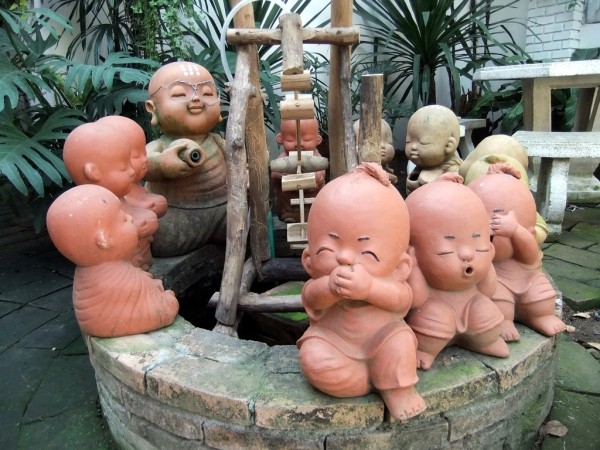

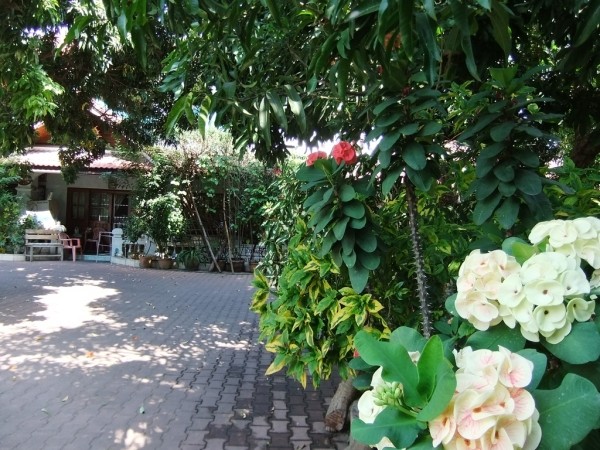
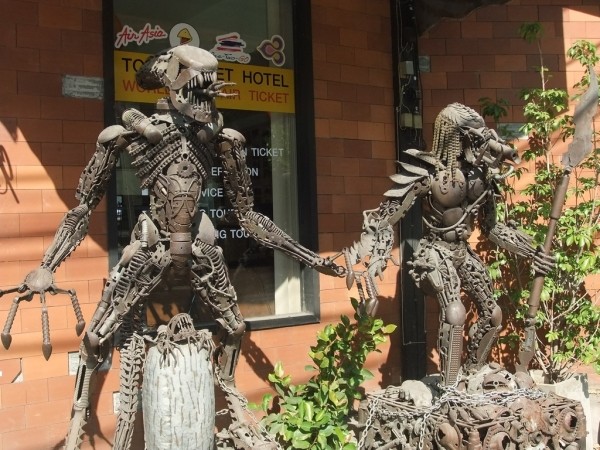

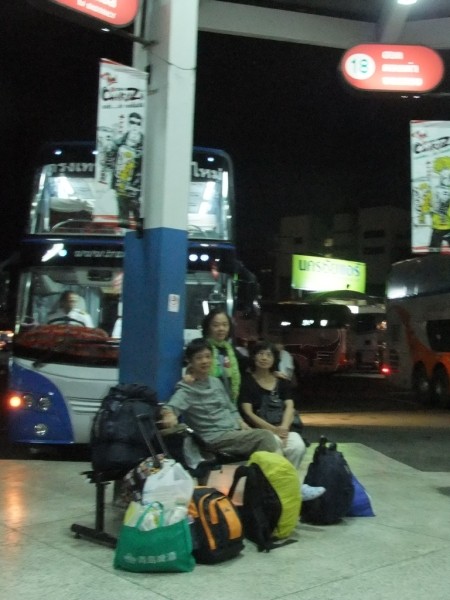
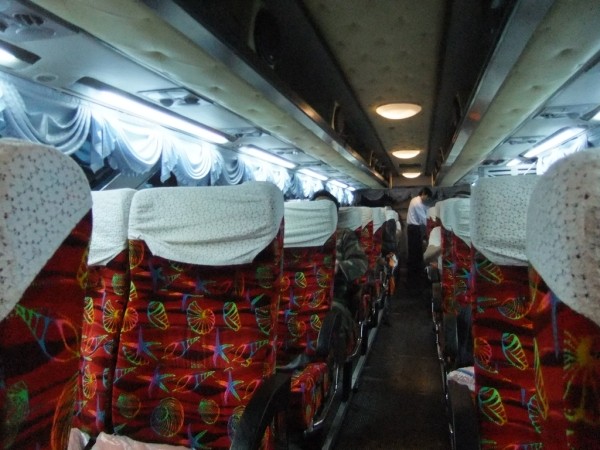
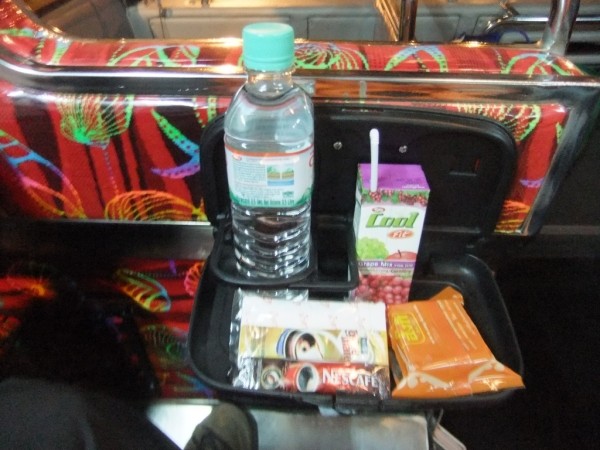
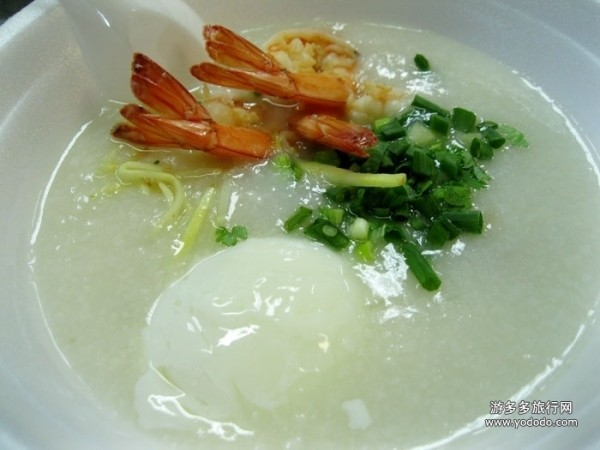

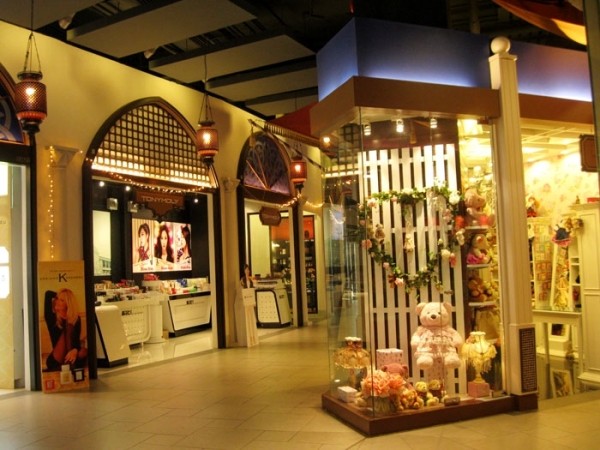

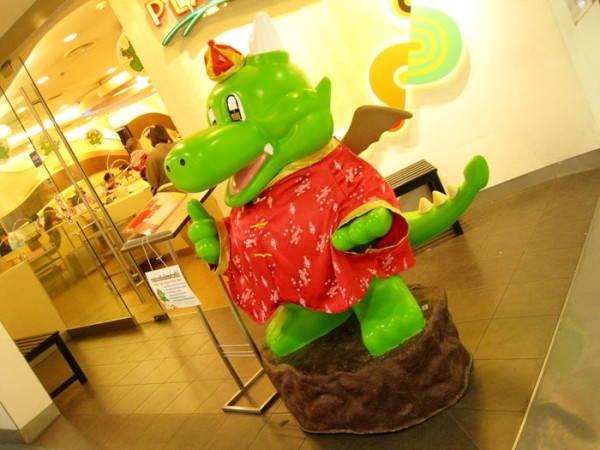
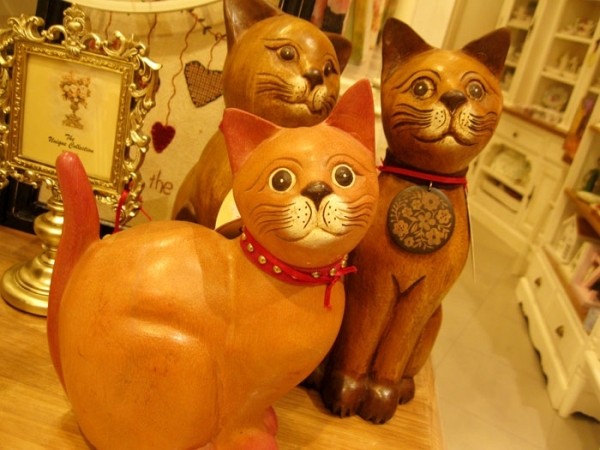
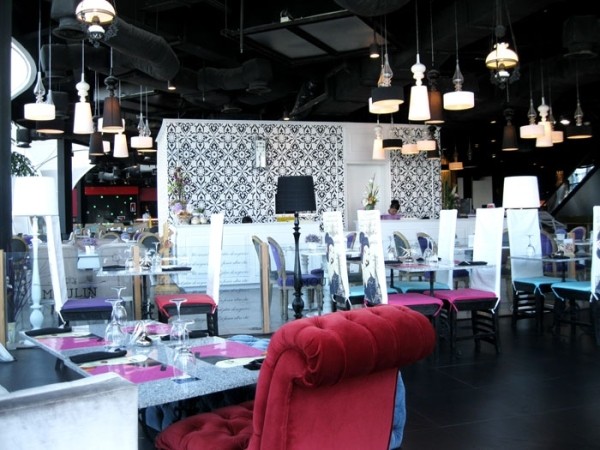
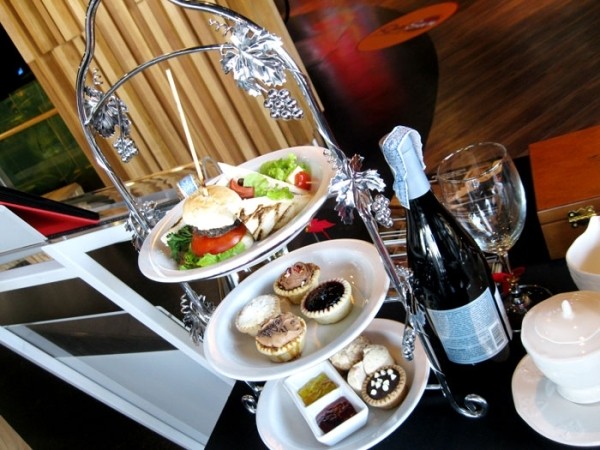
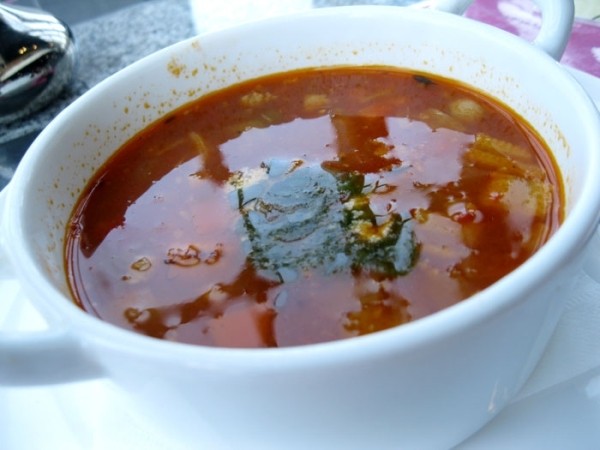
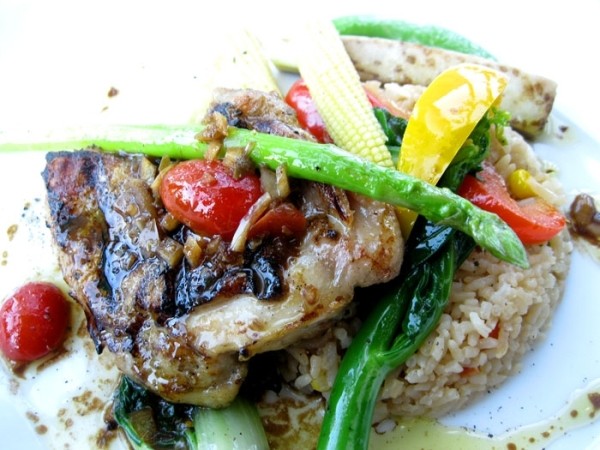

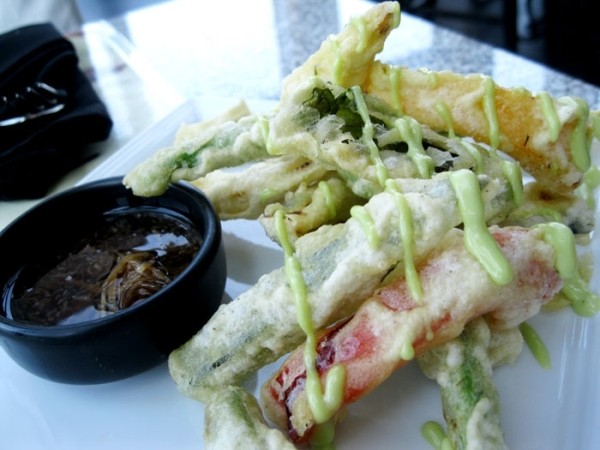
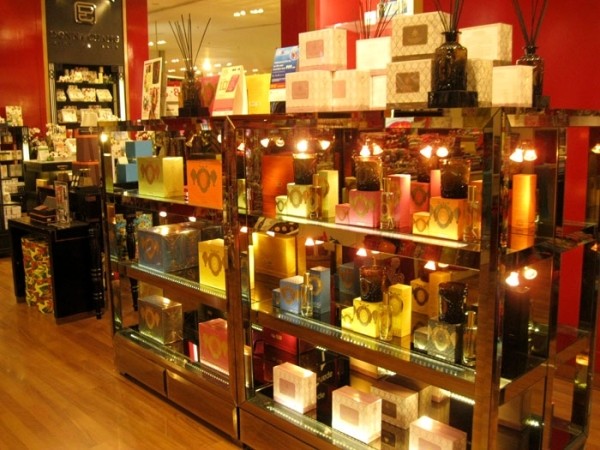
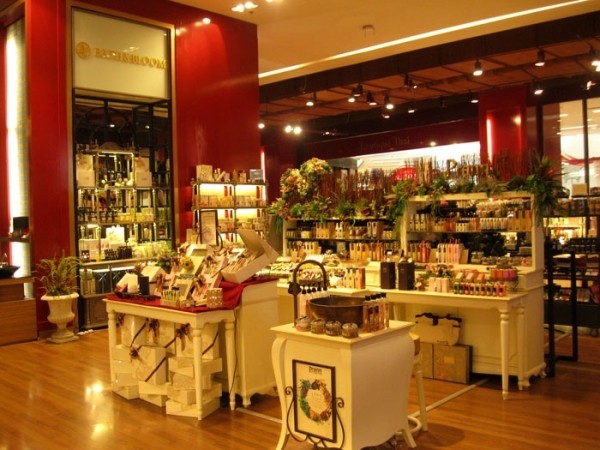

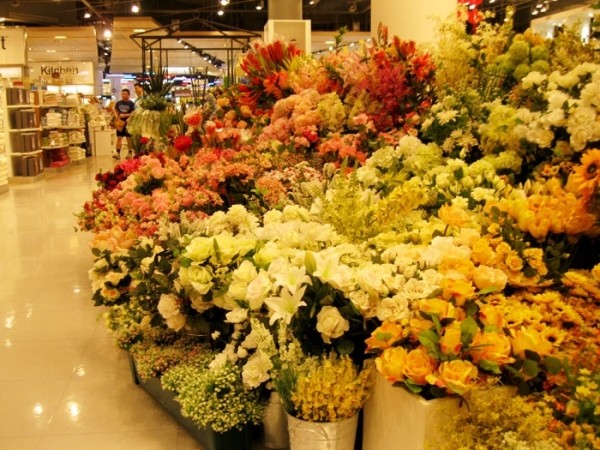

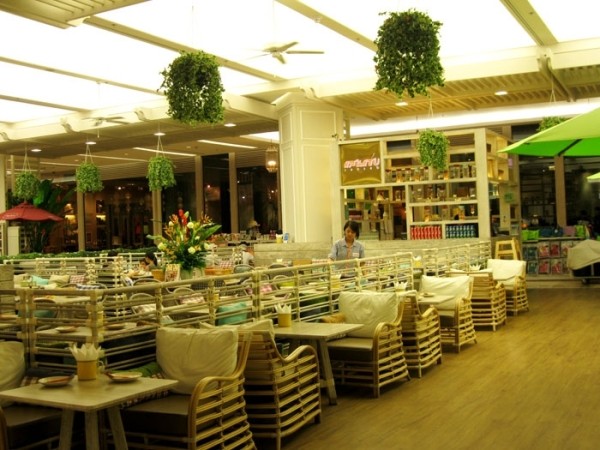
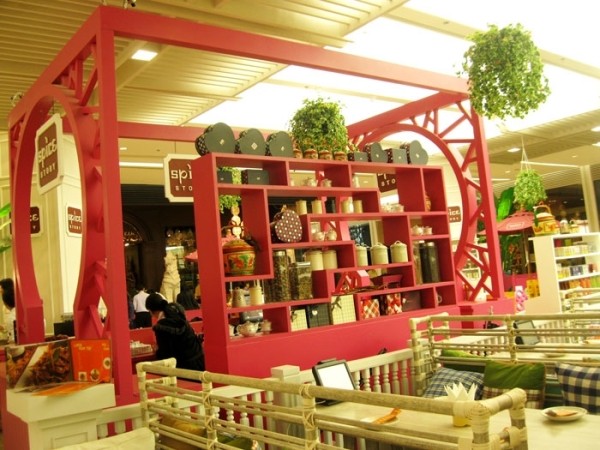
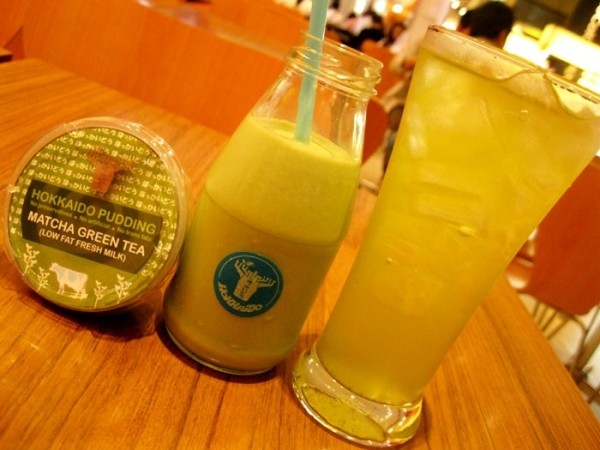
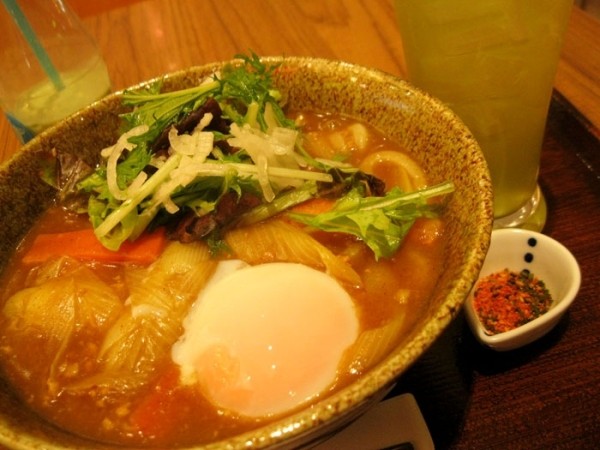
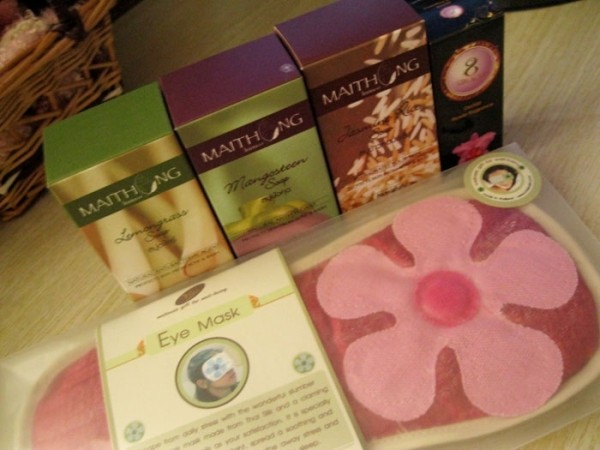
Recent Comments